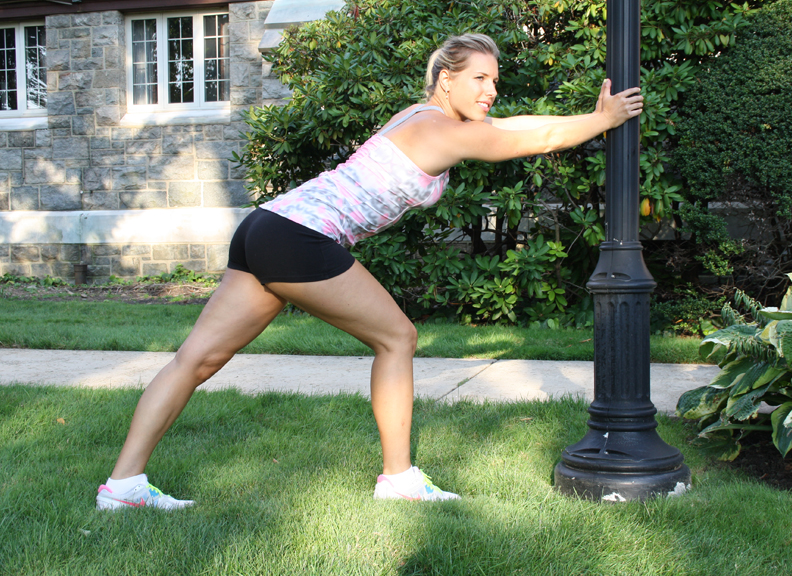Stretching is a great way to keep your body active and ready for any activity. It is also a good way to prevent injuries during workouts and training. Take time to properly stretch and your body will thank you.
It’s been nearly two decades since the American College of Sports Medicine formally recommended that athletes, competitive and recreational alike, add flexibility exercises to their fitness programs to develop and maintain proper range of motion and improve performance.
This recommendation has been further fueled by the knowledge that stiff muscles limit movement, increase your risk of injury, fail to support the rest of your body and make it hard to maintain any vigorous activity long enough to reach your target heart rate.
Stretching exercises improve muscle flexibility and joint mobility so you can develop and maintain maximum range of motion. Furthermore, flexibility training has become a staple as our population grows older and seeks alternative ways to regain strength, mobility and balance.
Types of stretches
- Ballistic: Bouncing through a stretch is called a ballistic movement. Ballistic stretching results in activation of the “stretch reflex” or contraction of the muscles being stretched and is therefore counterproductive. This bouncing movement became very popular in the 70s and 80s but will not help lengthen your muscles and may do you harm before you start.
- Static: Static stretches are those we often see at the end of an exercise class. This is when athletes slowly stretch their muscles to the point of gentle resistance and hold the stretch for 20-30 seconds. This means applying an equal and even pressure to the muscle to lengthen muscle fibers.
- Active: Active stretching occurs when we use opposing muscle groups to facilitate a stretch. For instance, bringing your heel toward your bottom to stretch the quadriceps actively engages the muscles of the hamstrings.
- Passive: Passive stretching takes muscles through their range of motion with the help of an external force i.e., a towel, stretch cord or partner. This type of stretching is also known assisted stretching.
Regardless of your stretching preference, some basic principles always apply. Remember to always breathe while stretching. This helps relax the body and the muscles. Take a deep breath and as you exhale, move your body into a stretch. Then, continue to breathe slowly and with a steady rhythm as you hold the stretch.
Similar to strength and aerobic training, intensity is a basic principle in flexibility. To avoid injury and possible discouragement, be certain that you are only stretching to the point of resistance, not to the point of pain. This means that when you stretch, you should feel a gentle pull as the muscles lengthens but it should not be painful.
If the muscle begins to suddenly shake uncontrollably, you have stretched past a natural range of motion and the muscle needs to relax. You should never impose irregular range of motion on your body. Be patient. Just like strength training and cardiovascular endurance, flexibility training takes time and persistence to improve.

